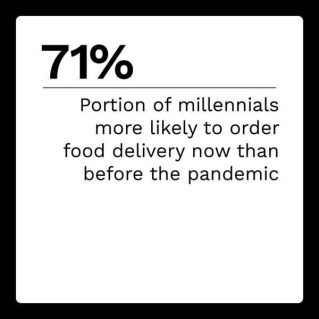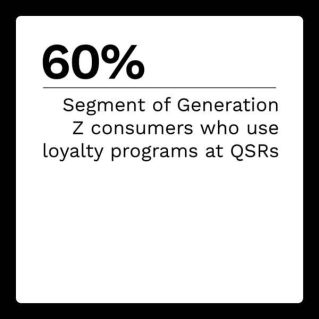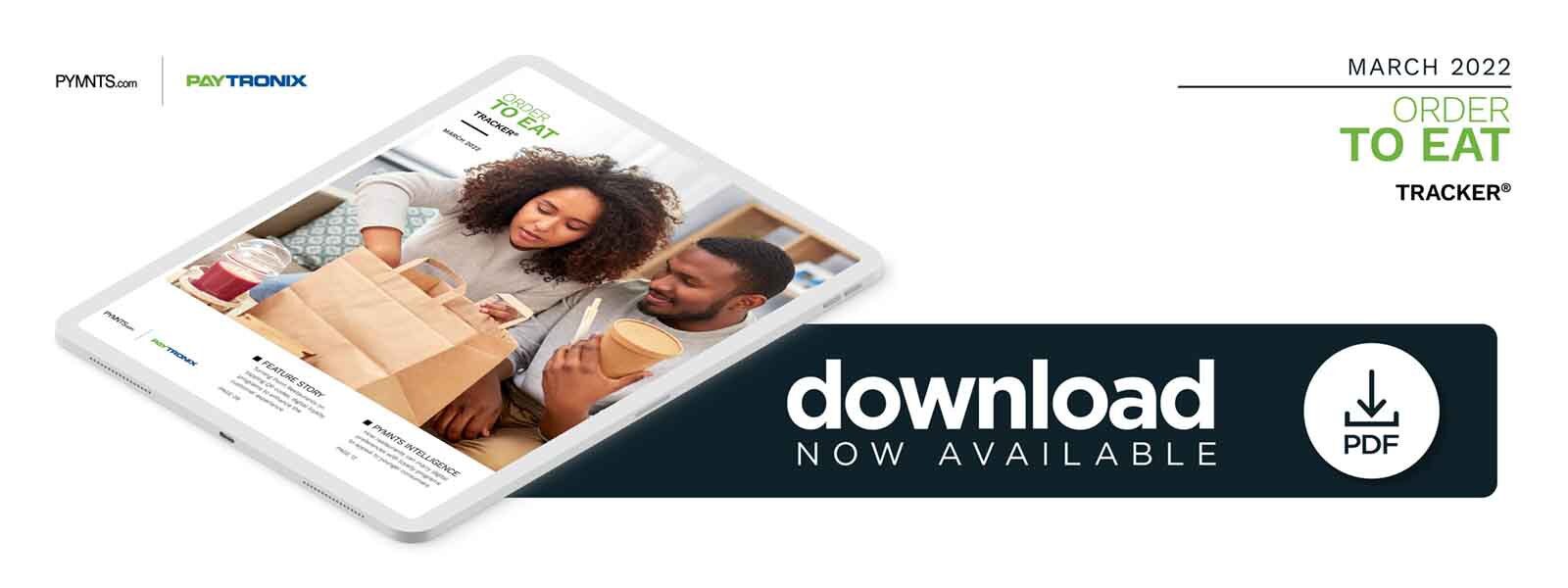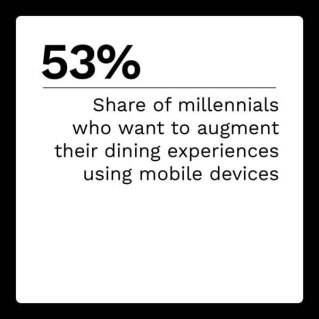Loyalty Program Data, Targeted Surveys Help Restaurants Hit Their Customer Satisfaction Goals

The acceleration of the digital transformation that began in response to the need for social distancing has turned into a convenience revolution. For younger consumers, many of whom are already more inclined to rely on technologies such as mobile apps and digital wallets, measures meant to help consumers function with fewer interactions are helping to bring them closer to brands.
Restaurant customers can now order, pay for and pick up their food from a restaurant without ever directly interacting with a staff member. By coupling these same technologies with loyalty programs and data analytics, restaurants can better understand customers and create targeted marketing by marrying the data from ordering and payment apps with loyalty programs. Among younger consumers, who are already more likely to have multiple mobile apps for most of their daily interactions, this can help draw in more engagement and cement lasting relationships.
In the latest Order To Eat Tracker®, PYMNTS examines how the digital transformation in restaurants is meeting millennial and Generation Z consumers’ preferences for convenience and time-saving solutions.
Around the Order to Eat Space
Fifty-four percent of United States adults now consider takeout and delivery food to be an essential part of their lifestyles, and that share is especially high for younger consumers. Among millennials, who may often be balancing work and family commitments, 72% said their lifestyles are dependent on being able to get quick food on the go, while 66% of Generation Z consumers said the same. This youngest consumer demographic is more likely to place importance on ordering alcohol to go with their food orders, with 70% of Generation Z consumers and 62% of millennial consumers saying that was important in choosing which restaurant to order from.
As restaurants seek to handle the increased demand for delivery and takeout orders, some are hanging up their phones and picking up a digital device instead. That trend has even spilled over into reservations, with some restaurants only responding to emails or other forms of text communication such as social media messaging apps. Many customers, who became more familiar with delivery aggregators and other online or mobile ordering options due to the pandemic, are already used to ordering and paying without talking to a staff member. Restaurants have now discovered that using a device instead of a phone is also more convenient.
For more on these stories, visit the Tracker’s News and Trends section.
Turning Point Restaurants on Leveraging QR Codes, Loyalty Programs to Enhance Experiences
Turning Point Restaurants began offering contactless, QR code-based payments before the pandemic and has reaped dividends from that early implementation.
In this month’s Feature Story, Kirk Ruoff, founder and CEO at Turning Point Restaurants, discusses the chain’s plans for future enhancements, how QR code-based payments compliment customer loyalty programs and how Turning Point keeps customers engaged.
PYMNTS Intelligence: Addressing the Technology Preferences of Younger Diners
 Millennial consumers, 53% of whom want to use their mobile devices to improve their dining experiences, are leading an increased consumer demand for easier ordering and payment options at restaurants. Generation Z, while not as reliant on mobile apps for saving time as their family-aged millennial counterparts, are also likely to appreciate convenience-enhancing technologies. These trends are growing as mobile apps and digital devices become more and more common and consumers grow increasingly expectant of faster, easier and more digitized ordering and payment options.
Millennial consumers, 53% of whom want to use their mobile devices to improve their dining experiences, are leading an increased consumer demand for easier ordering and payment options at restaurants. Generation Z, while not as reliant on mobile apps for saving time as their family-aged millennial counterparts, are also likely to appreciate convenience-enhancing technologies. These trends are growing as mobile apps and digital devices become more and more common and consumers grow increasingly expectant of faster, easier and more digitized ordering and payment options.
This month’s PYMNTS Intelligence looks at how restaurants can meet the technology expectations of younger consumers while using the enhanced capabilities of digitized customer experiences to strengthen brand loyalty.
About the Tracker
The Order To Eat Tracker®, a PYMNTS and Paytronix collaboration, examines the latest trends and developments in consumers’ digital- and mobile-first payment and ordering habits in the restaurant space.

